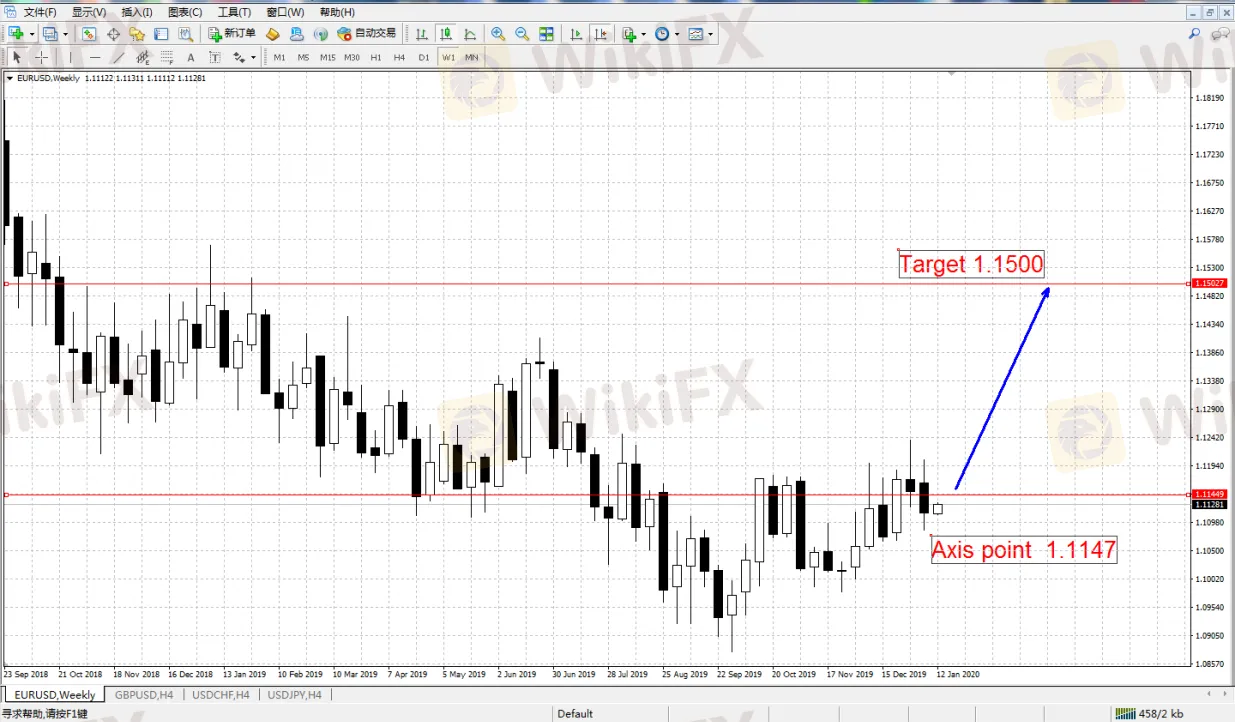简体中文
繁體中文
English
Pусский
日本語
ภาษาไทย
Tiếng Việt
Bahasa Indonesia
Español
हिन्दी
Filippiiniläinen
Français
Deutsch
Português
Türkçe
한국어
العربية
Economic Outlook of the Eurozone in 2020 Is Expected to Be Steady
Abstract:In 2020, economic growth of the Eurozone and the world in general will also depend on how global trade talks turn out, particularly whether negotiations between various global players, including Britain and the European Union, can eliminate uncertainties in international trade.
European Central Bank(ECB) Executive Board member Isabel Schnabel said the Eurozone‘s inflation is estimated to be slowly inching towards the central bank’s target range. Monetary policy and increasing loans may prop up prices in the medium term, and Eurozones economy, supported by easing monetary measures, is estimated to see a 1.1% growth this year.
Germany‘s economy resumed marginal growth after declining for 3 months, while Spain and France both experienced considerable expansion. New jobs have been growing for the first time in 4 months, while business confidence also improved. Britain also had some good news, as the service sector’s index last December has been revised upwards, while new orders have seen the largest increase in 5 months. Inflation is expected reach 1.6% in 2022 as economic expansion accelerates.
In 2020, economic growth of the Eurozone and the world in general will also depend on how global trade talks turn out, particularly whether negotiations between various global players, including Britain and the European Union, can eliminate uncertainties in international trade.
Technically, 1.1147 will be the axis point for EUR/USD in the first half of the year. Based on stabilized Eurozone economic data, weakened US dollar and reduced systematical risks, it‘s likely that the euro will slightly rise to above 1.15. On the other hand, US President Donald Trump’s policies have boosted USD above fair level for at least the past 2 years, but as the influence of these policies eventually declines, USD is also expected to return to a fair level. After the initial impacts of fiscal stimulus eventually faded, US economy growth may not reach its full potential.

Disclaimer:
The views in this article only represent the author's personal views, and do not constitute investment advice on this platform. This platform does not guarantee the accuracy, completeness and timeliness of the information in the article, and will not be liable for any loss caused by the use of or reliance on the information in the article.
Read more

KVB Market Analysis | 23 August: JPY Gains Ground Against USD as BoJ Signals Possible Rate Hike
JPY strengthened against the USD, pushing USD/JPY near 145.00, driven by strong inflation data and BoJ rate hike expectations. Japan's strong Q2 GDP growth added support. However, USD gains may be limited by expectations of a Fed rate cut in September.

KVB Market Analysis | 22 August: Gold Stays Strong Above $2,500 as Fed Rate Cut Hints Loom
Gold prices remain above $2,500, near record highs, as investors await the Federal Open Market Committee minutes for confirmation of a potential Fed rate cut in September. The Fed's dovish shift, prioritizing employment over inflation, has weakened the US Dollar, boosting gold. A recent revision showing the US created 818,000 fewer jobs than initially reported also strengthens the case for a rate cut.

KVB Market Analysis | 21 August: USD/JPY Stalls Near 145.50 Amid Diverging Economic Indicators
USD/JPY holds near 145.50, recovering from 144.95 lows. The Yen strengthens on strong GDP, boosting rate hike expectations for the Bank of Japan. However, gains may be limited by potential US Fed rate cuts in September.

KVB Market Analysis | 20 August: Gold Prices Remain Near Record High Amid US Rate Cut Expectations
Gold prices remain near record highs, driven by expectations of a US interest rate cut and a weakening US Dollar. Investors are focusing on the upcoming Jackson Hole Symposium, where Fed Chair Jerome Powell's speech will be closely watched for clues on the Fed's stance. Additionally, the release of US manufacturing data (PMIs) is expected to influence gold's direction.
WikiFX Broker
Latest News
Will Gold Break $2,625 Amid Fed Caution and Geopolitical Risks?
ECB Targets 2% Inflation as Medium-Term Goal
New Year, New Surge: Will Oil Prices Keep Rising?
PH SEC Issues Crypto Guidelines for Crypto-Asset Service Providers
FTX Chapter 11 Restructuring Plan Activated: $16 Billion to Be Distributed
Bithumb CEO Jailed and Fined Over Bribery Scheme in Token Listing Process
WikiFX Review: Something You Need to Know About Saxo
Is PGM Broker Reliable? Full Review
Terraform Labs Co-founder Do Kwon Extradited to the U.S. to Face Fraud Charges
Has the Yen Lost Its Safe-Haven Status?
Currency Calculator






